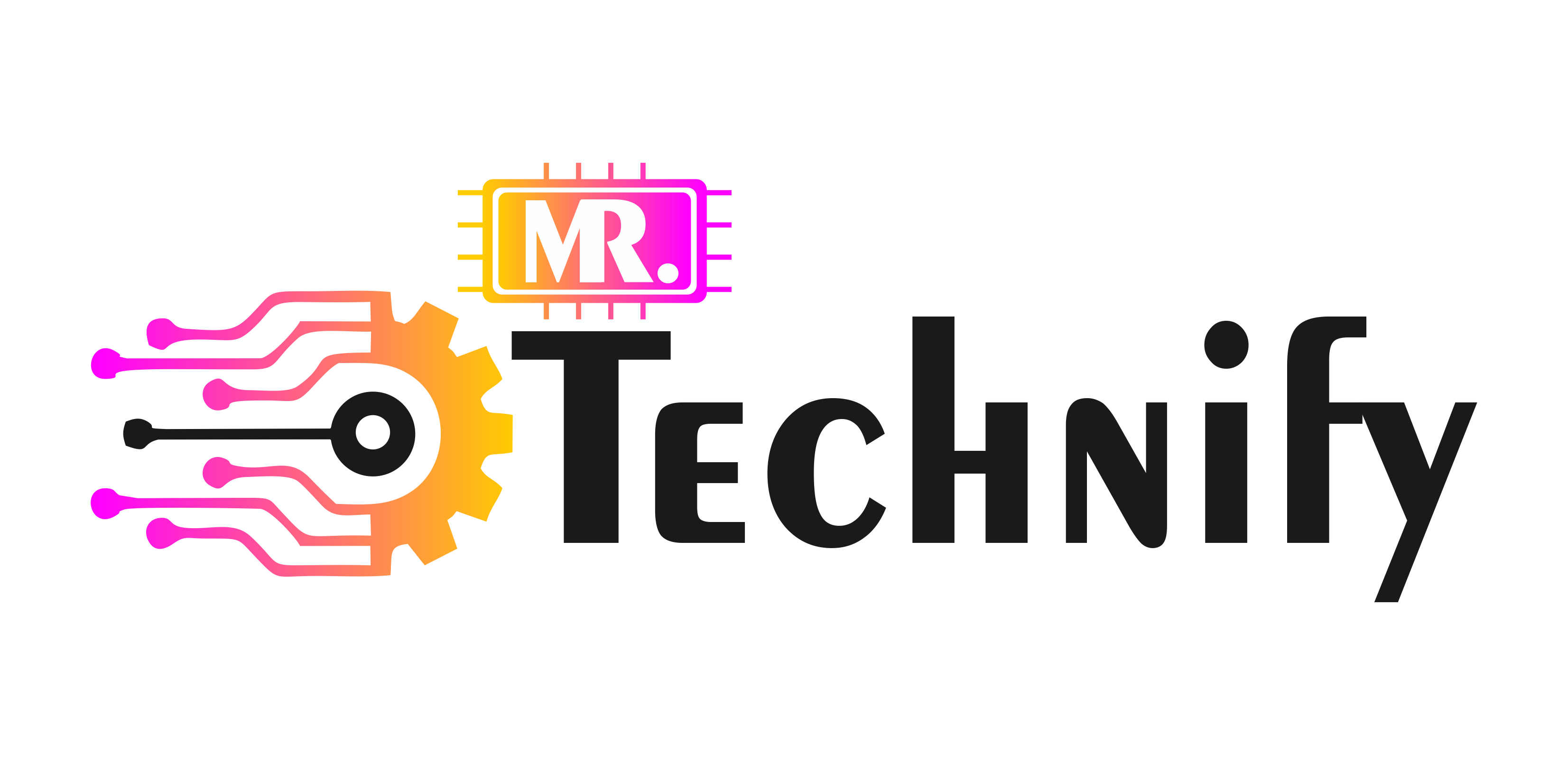Introduction to Front-End Web Development
Front-End Web Development, what’s that about? If you’ve ever marveled at a beautifully designed website, interactive elements, or even the layout that makes the site user-friendly, you’ve witnessed the art of front-end development. This discipline is about creating an interface that users interact with directly – the front of the website. But let’s delve deeper and explore what front-end web development entails.
The Three Pillars of Front-End Web Development
-
HTML: Structuring the Web
HyperText Markup Language is the fundamental building block of all web pages. Think of it as the skeleton of a website – it gives structure to the content. Without HTML, your webpage would be a heap of text and images without organization or meaning.
-
CSS: Styling the Web
While HTML provides structure, CSS (Cascading Style Sheets) gives style. It’s the designer clothes that our webpage wears. CSS lets developers manipulate colors, fonts, layouts, and all the visual aspects of a webpage, making it appealing to the users’ eyes.
-
JavaScript: Making the Web Interactive
JavaScript is the lifeblood that adds interactivity to websites. It’s the magic that turns a static page into a dynamic experience. JavaScript brings features like sliders, form validations, interactive maps, and more to life.
Understanding Responsive Web Design
You may have heard of “responsive web design.” This refers to designing websites to provide an optimal viewing and user experience on various devices, from desktop computers to mobile phones. By implementing responsive design, your website will appear visually appealing on all devices and platforms, regardless of the location it is accessed from.
Front-End Development Tools and Libraries
-
Text Editors
Text editors are the canvas where developers paint their code. Sublime Text, Atom, and Visual Studio Code are three well-liked alternatives. They include coding-facilitating features such as syntax highlighting and auto-completion.
-
Version Control/Git
Git and other version control systems keep track of changes made to a file or group of files, allowing users to access specific versions later. It’s like a time machine for your code!
-
CSS Preprocessing
CSS Preprocessors, such as Sass or LESS, allow developers to use variables, nesting, mixins, and more, making CSS more maintainable, themeable, and extendable.
-
JavaScript Libraries and Frameworks
JavaScript libraries and frameworks are practical tools that enable developers to write less code while attaining greater functionality.
Front-End Web Development in Practice
In practice, front-end development involves creating a balance between aesthetics and functionality. The aim is to design visually appealing websites, user-friendly, accessible, and performant.
The Role of a Front-End Developer
Can you explain the role of a front-end developer? Essentially, their job is to create and upkeep a website’s visible and interactive components. Their job requires a blend of both artistic and technical skills.
-
Skills Required for Front-End Development
Front-end development requires knowledge beyond HTML, CSS, and JavaScript. Additionally, developers must comprehend UI/UX design principles, SEO, and performance optimization. Plus, problem-solving skills and a dash of creativity never hurt!
-
Emerging Trends in Front-End Development
Just like fashion, trends in front-end web development change. From the rise of frameworks like React.js and Vue.js to the increasing importance of mobile-first design and accessibility, staying up-to-date is crucial in this ever-evolving field.
-
Front-End Development Career Prospects and Opportunities
With the digital world expanding, opportunities for front-end developers are booming. They can work in various industries, from tech startups to large corporations, freelance, or remote work.
-
Getting Started with Front-End Development
Are you beginning front-end development? Learn tools, libraries, and frameworks after mastering HTML, CSS, and JavaScript.
Conclusion
Thus, despite its complexity, front-end web development is exciting, creative, and inventive. It’s about creating a fun, easy-to-use digital experience, not simply computing. Willing to step in?


